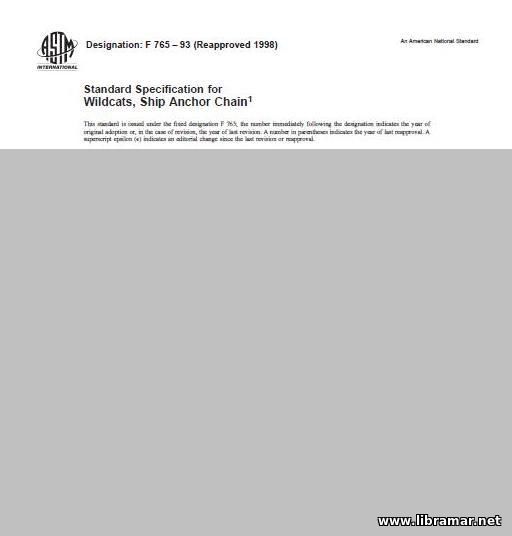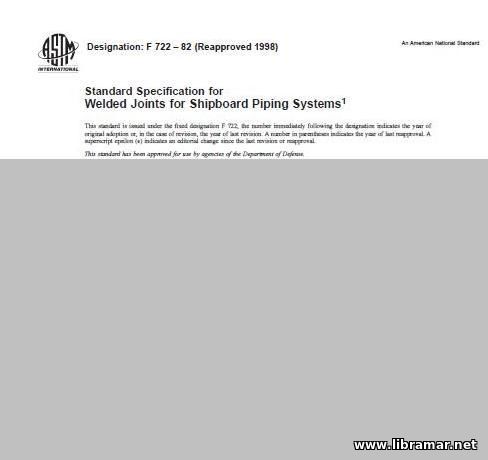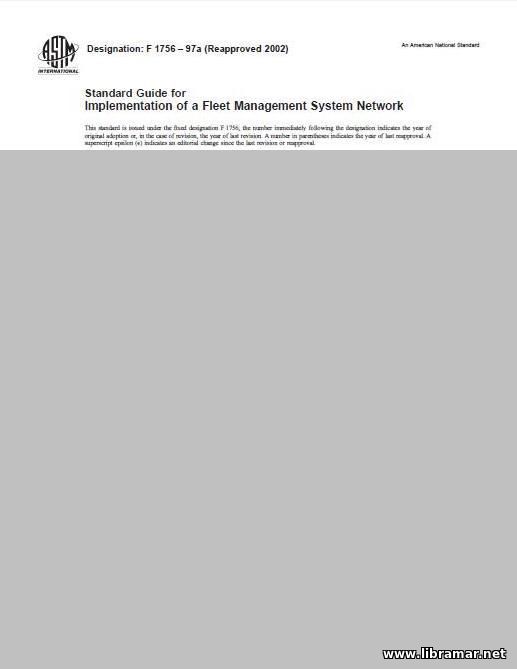
The specification that we are presenting to your attention today addresses the wildcats that are currently utilized in windlasses for hauling in and paying out the anchor chains on board marine vessels and offshore facilities. When ship has been anchored, or anchor has been housed, the chain stopper is used to secure the anchor chain.
The wildcats that are referred to in the present standard specification by ASTM are of the five whelp type and shall to be used with stud link chains conforming to the ABS Grades 1, 2 and 3. The dimensions of these wildcats have been provided for the anchor chains in integral three-millimeter steps, ranging in size from 19 to 104 mm. The dimensions in intermediate steps (1.5 mm) have not been provided in this paper; however, the use of the wildcats of such sizes is also permitted within the scope of the present regulatory document.
The material arrangement in the standard specification is as follows: scope - referenced documents - classification - description of terms - ordering information - materials and manufacture - dimensions - workmanship, finish, and appearance - test methods - inspection - marking - packaging - keywords. As it is the case with all ASTM publications, full coverage of all technical aspects makes the publication practical and useful.

